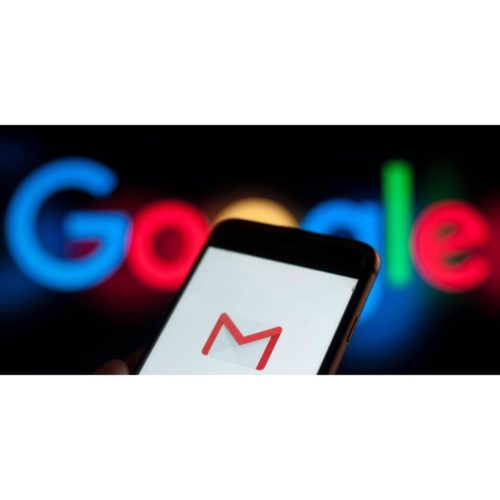September 3, 2019

How to Email Your Professor (or advisor)
Emails are an important form of communication for college students. Not only does the school send information through email, but students should also use it as a communication tool. Texting has become the norm for most people, so sending an email from your phone can seem similar. However, emails and text messages are different and your initial emails should be thought out and well-written. Emails that are professionally written and include the sender’s name usually get faster responses than the one-liners with no names.
It is true that your student email account is your name, but there have been times that students use the computers in the computer labs on campus and send emails from someone else’s gmail account because the previous user forgot to log out. Don’t let this be you.
Follow these simple steps to write a professional email that will come off as impressive to your professors or any other university personnel.
- Create a very clear subject line.
You want to make sure that your email stands out in a busy inbox. Some examples of clear subject lines include the name of your assignment, or your question itself. You should keep the subject to 5 words or less. - Begin with a proper introduction.
Address the recipient with “Good morning,” “Dear ___,” or just state their name. By greeting them, you are showing that you took time to write this email, instead of typing up a quick question on your phone. - Immediately state who you are.
By stating who you are in the first sentence, your recipient knows who you are and what you are referring to. If you are emailing your professor, make sure to tell them which one of their classes you are in. - Keep the email short and to the point.
Emails that are short and to the point usually have a quicker response time. - Add a nice farewell.
End the email with a polite farewell such as “Sincerely,” or “Thank you.” This ends on a nice note and with a professional tone. - State who you are again.
After “Sincerely,” or “Thank you,” state your name again like you would in a letter.
A lot of students end the emails with no farewell and no name. You can always remember to add this by having a “signature” set in your email preferences. The signature will be pre-loaded into every email you send. If you have the Gmail app, you can follow these directions:
– Open the Gmail app.
– Tap the 3 lines in the top left corner.
– Scroll to the bottom, then tap Settings.
– Choose the Google Account where you want to add a signature.
– Under General, tap Signature settings.
– Turn on Mobile Signature.
– Enter the text for your signature.
– Your signature will appear in the email once it is sent.